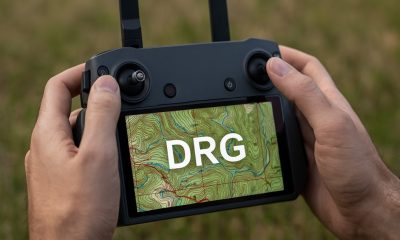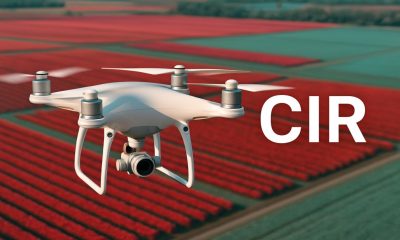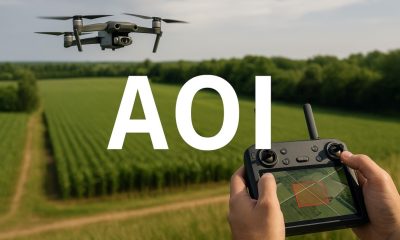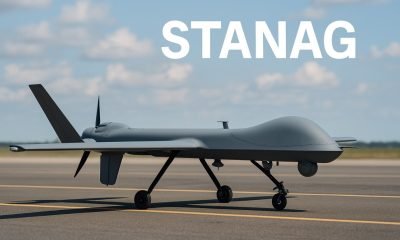Japanese Drone Regulations
Japanese Drone Safety Requirements
Table Of Contents

Japanese Drone Safety Requirements – What Are They?
Ensuring safe drone operations is a top priority, and the Ministry of Land, Infrastructure, Transport, and Tourism (MLIT) has established detailed Japanese Drone Safety Requirements to guide all drone operators. These requirements include mandatory pre-flight checks, equipment maintenance, and adherence to operational safety protocols. By following these Japanese Drone Safety Requirements, operators can minimize risks, avoid accidents, and ensure that their drone activities are conducted responsibly and legally. Prioritizing safety is essential for protecting both public safety and the integrity of the airspace.
Pre-Flight Checks
Before each flight, operators must conduct thorough pre-flight checks to ensure that the drone is in good working condition and ready for safe operation. Key components of pre-flight checks include:
Battery Levels
- Check Charge: Ensure that all batteries, including those for the drone, controller, and any additional equipment, are fully charged and functioning properly.
- Inspect for Damage: Check the batteries for any signs of damage, such as swelling, leaks, or corrosion, which could indicate a safety risk. Damaged batteries should not be used and should be disposed of safely.
Propellers
- Inspection: Examine the propellers for any cracks, chips, or wear. Damaged propellers can cause instability during flight and increase the risk of accidents.
- Secure Attachment: Ensure that all propellers are securely attached to the drone and are free from debris or obstructions that could affect performance.
Sensors and Cameras
- Functionality Test: Verify that all sensors and cameras are working correctly. This includes testing GPS, obstacle avoidance systems, and cameras to ensure accurate readings and data collection.
- Clean Lenses: Make sure camera lenses and sensor covers are clean and free from dirt or smudges to prevent interference with data capture or navigation.
Firmware and Software Updates
- Update Check: Ensure that the drone’s firmware and software are up to date. Manufacturers often release updates that include important security patches, bug fixes, and performance improvements.
- Calibration: Calibrate the drone’s compass and Inertial Measurement Unit (IMU) before each flight to ensure accurate navigation and stability.
General Condition
- Frame and Body: Inspect the drone’s body for any visible damage or wear. Check the landing gear, arms, and other structural components to ensure they are secure and intact.
- Connectivity: Test the connection between the drone and the remote controller to ensure reliable communication during the flight. This includes checking signal strength and control range.
Flight Logs
Maintaining detailed flight logs is an important practice for both recreational and commercial drone operators. Flight logs help track the drone’s usage, monitor its condition over time, and maintain records for compliance and safety purposes. The log should include:
Date and Time
- Record the date and time of each flight.
Location
- Note the location of the flight, including GPS coordinates if possible.
Duration
- Record the start and end times of the flight to track total flight duration.
Weather Conditions
- Document the weather conditions during the flight, such as wind speed, temperature, and visibility. This information can help analyze any issues that may arise during the flight.
Flight Details
- Flight Plan: Include a brief description of the flight plan, including any specific objectives or maneuvers.
- Altitude and Distance: Record the maximum altitude and distance flown.
- Observations: Include any observations or issues encountered during the flight, such as battery performance or interference with the drone’s controls.
Safety Equipment
Having the right safety equipment on hand is crucial for managing potential risks and ensuring a safe flying experience. Essential safety equipment includes:
First Aid Kit
- Contents: A basic first aid kit should be available to treat minor injuries that may occur during drone operations, such as cuts or burns.
- Accessibility: Ensure the first aid kit is easily accessible and kept in a designated location during drone operations.
Fire Extinguisher
- Type: A small, portable fire extinguisher suitable for electrical and lithium battery fires is recommended. This is particularly important when charging or handling drone batteries.
- Location: Keep the fire extinguisher within reach, especially during charging or when flying in areas with flammable materials.
Protective Gear
- Gloves: Use gloves when handling batteries, sharp components, or hazardous materials to protect hands from injury.
- Safety Glasses: Wear safety glasses to protect your eyes from debris, dust, or chemicals during maintenance or repairs.
Spare Parts and Tools
- Spare Propellers: Keep extra propellers on hand to replace damaged ones quickly.
- Basic Tools: Have a set of basic tools, such as screwdrivers and pliers, available for making minor repairs or adjustments to the drone.
Emergency Procedures
Being prepared for emergencies is essential for safe drone operations. Operators should establish clear emergency procedures to handle unexpected situations, such as:
Lost Link
- Return-to-Home (RTH): Ensure the RTH function is set up correctly, with a safe return altitude. This feature automatically guides the drone back to its takeoff point if the connection is lost.
- Manual Control: Be familiar with manual control techniques to regain control if the automatic RTH fails.
Battery Failure
- Low Battery Warning: Set up low battery warnings on the drone’s control system and plan flights to allow sufficient time for a safe return before the battery depletes.
- Emergency Landing: Identify safe locations for emergency landings in case of sudden battery failure or other technical issues.
Weather Changes
- Monitor Conditions: Continuously monitor weather conditions during the flight and be prepared to land the drone immediately if conditions worsen.
- Wind Limits: Know the drone’s wind tolerance limits and avoid flying in high winds or turbulent weather.
Collision Avoidance
- Obstacle Detection: Use the drone’s obstacle detection systems to prevent collisions with buildings, trees, or other aircraft.
- Safe Distance: Maintain a safe distance from obstacles, people, and other aircraft to avoid accidents.
Summary
Adhering to Japanese Drone Safety Requirements is crucial for ensuring safe and responsible drone operations in Japan. These guidelines cover essential aspects such as pre-flight checks, equipment maintenance, and operational safety protocols. By following these requirements, operators can reduce risks, prevent accidents, and comply with legal standards, contributing to safer skies and responsible drone usage throughout the country.
To Learn more about acronyms used in this article visit our Drones Acronym Page.











